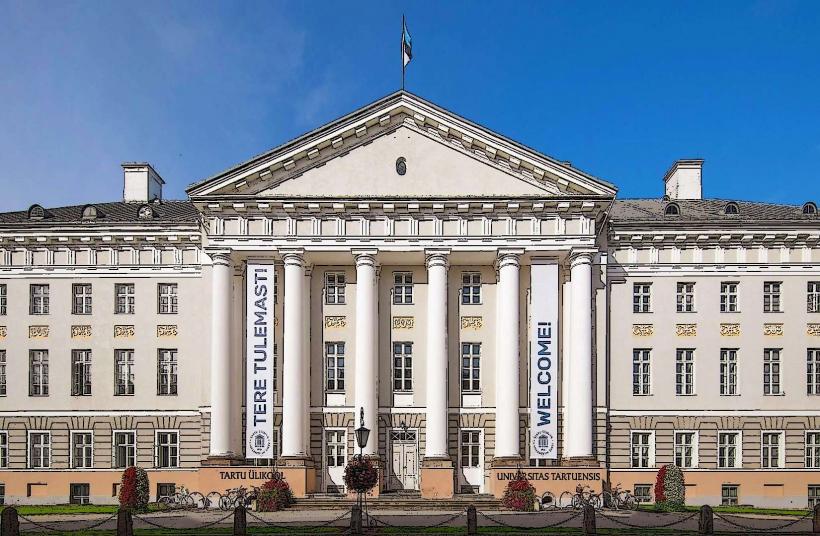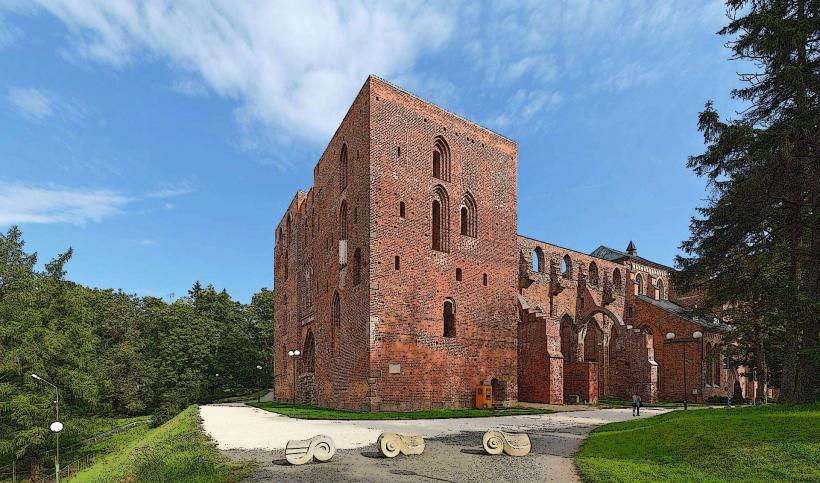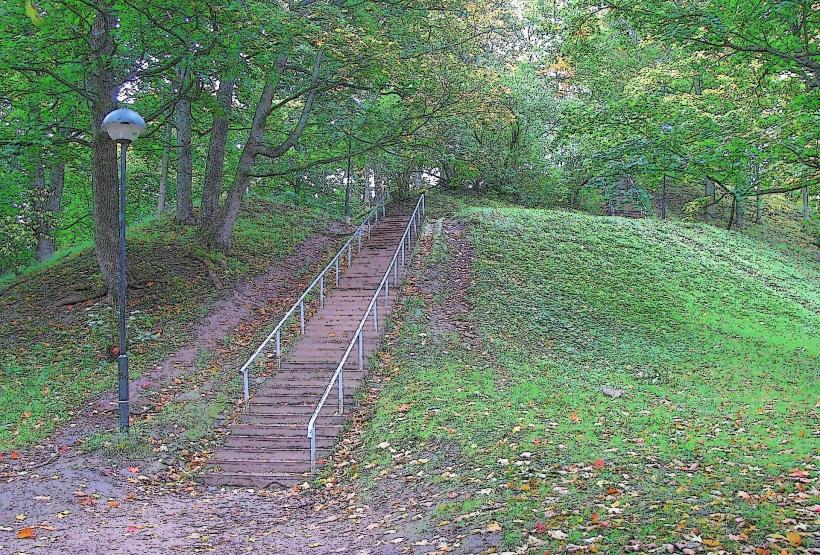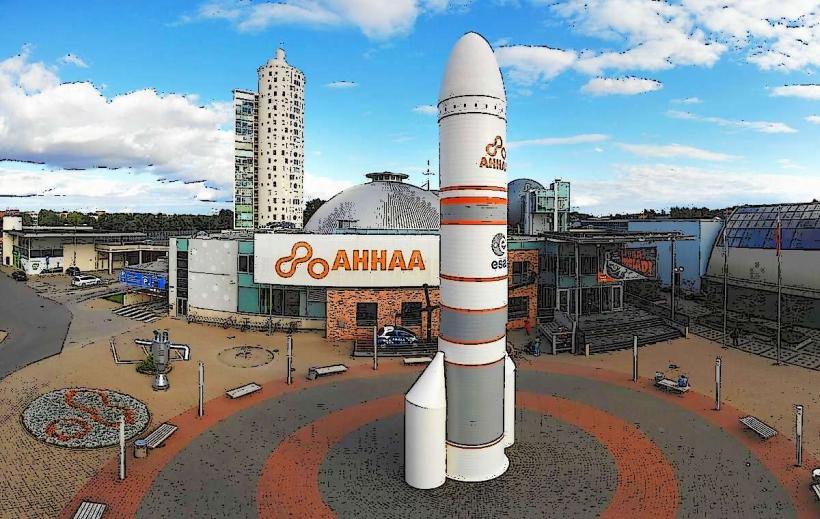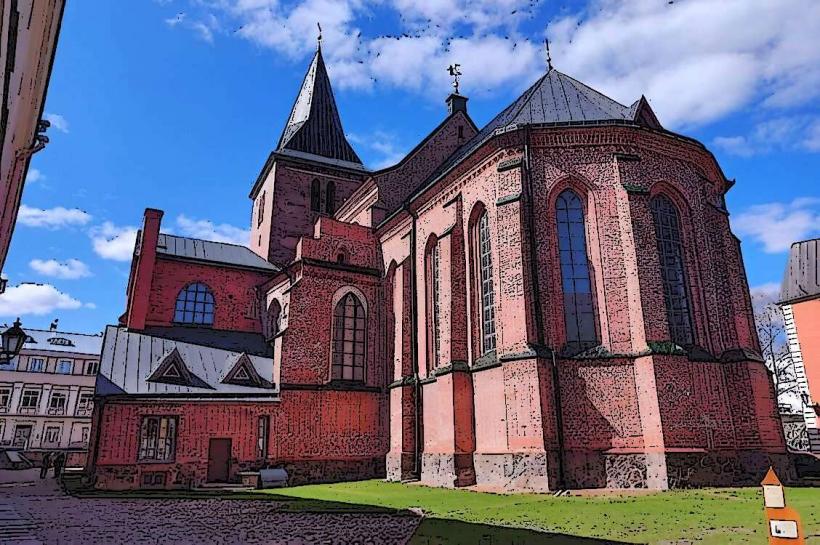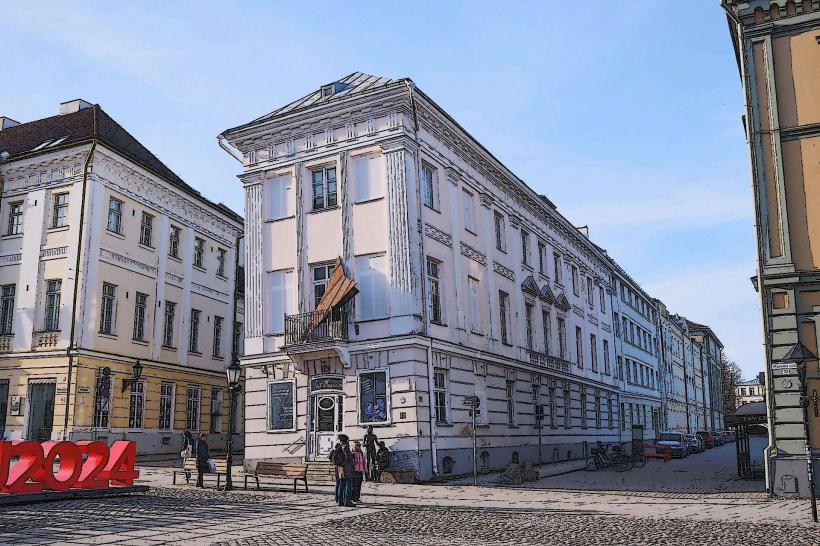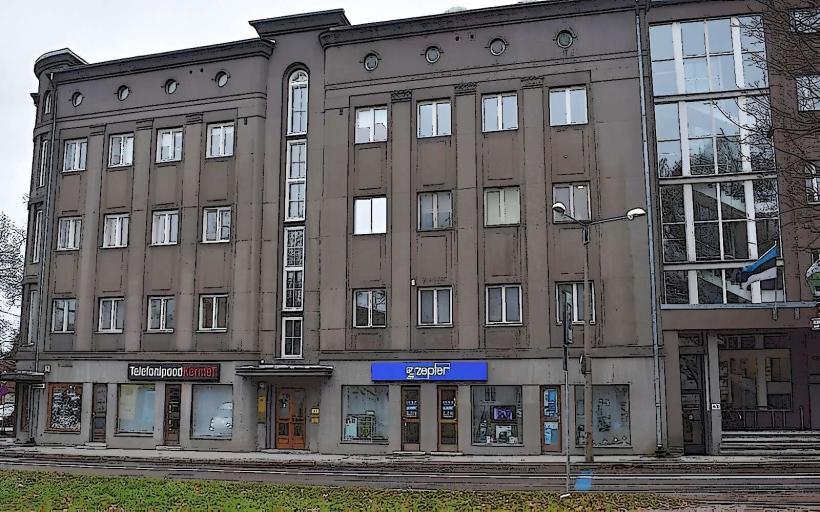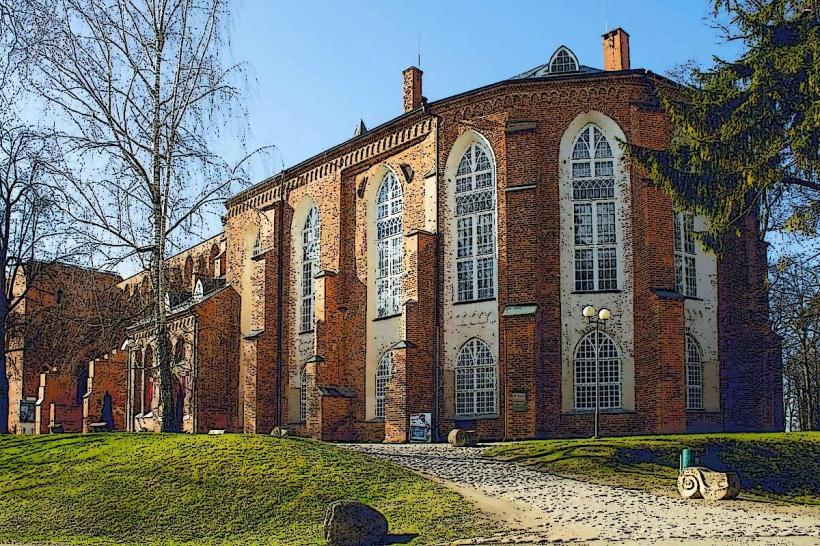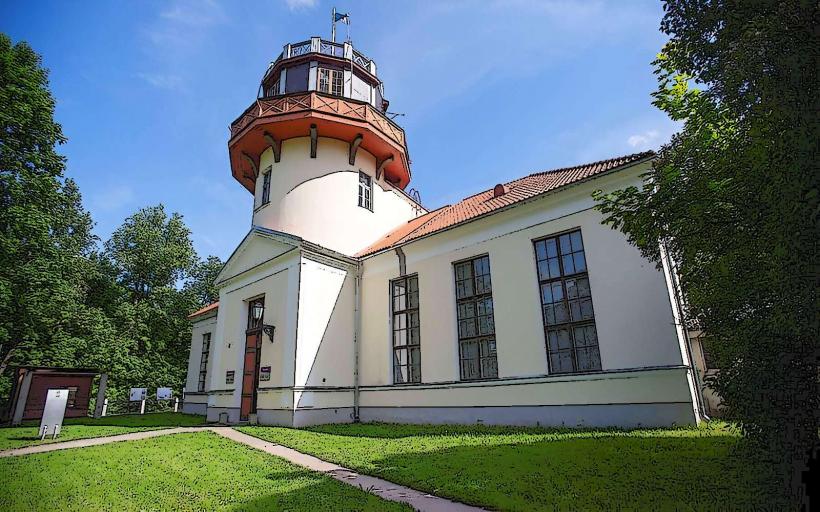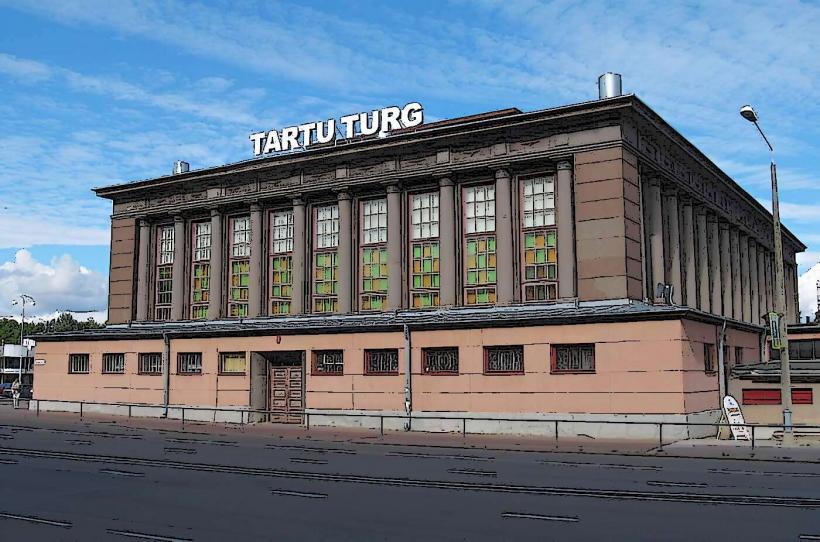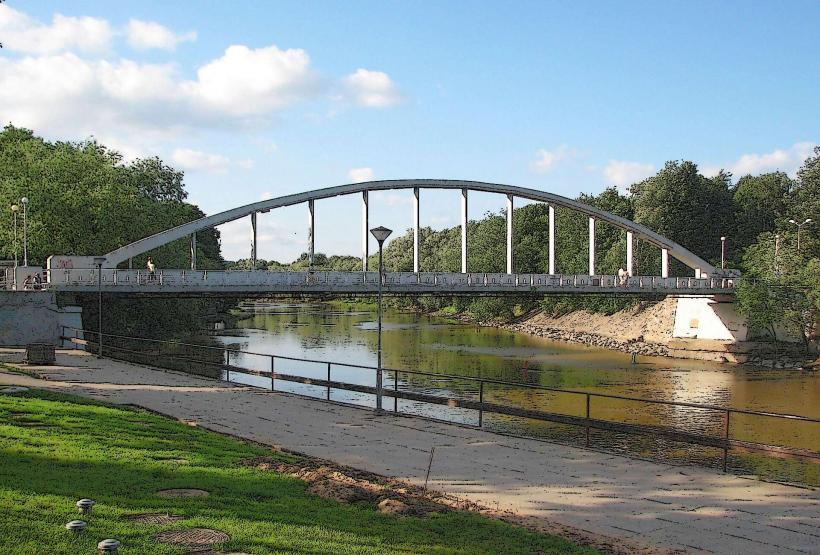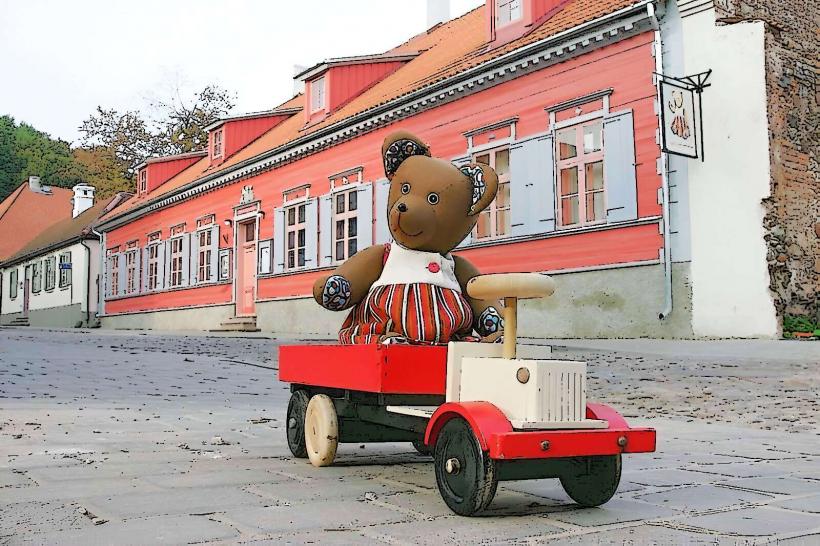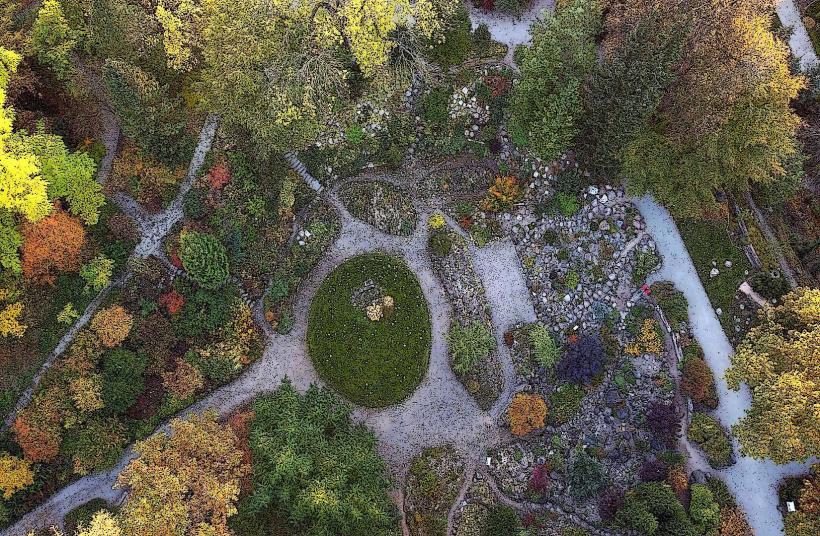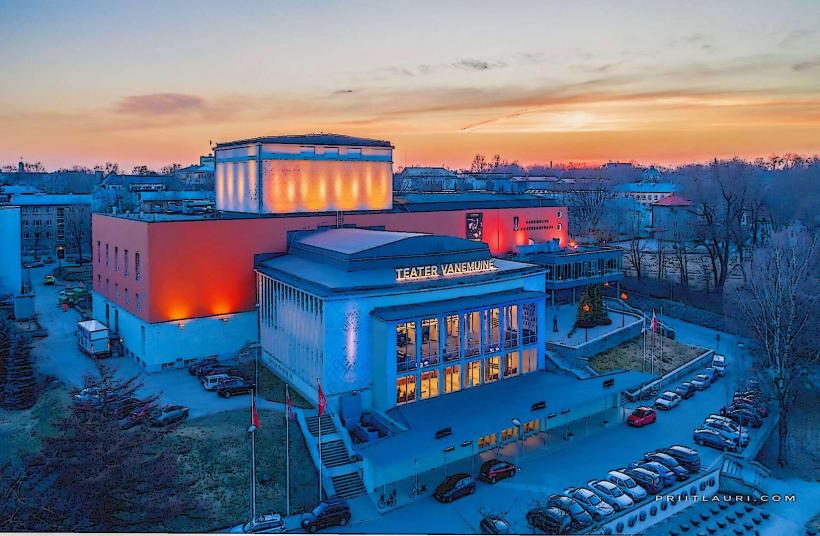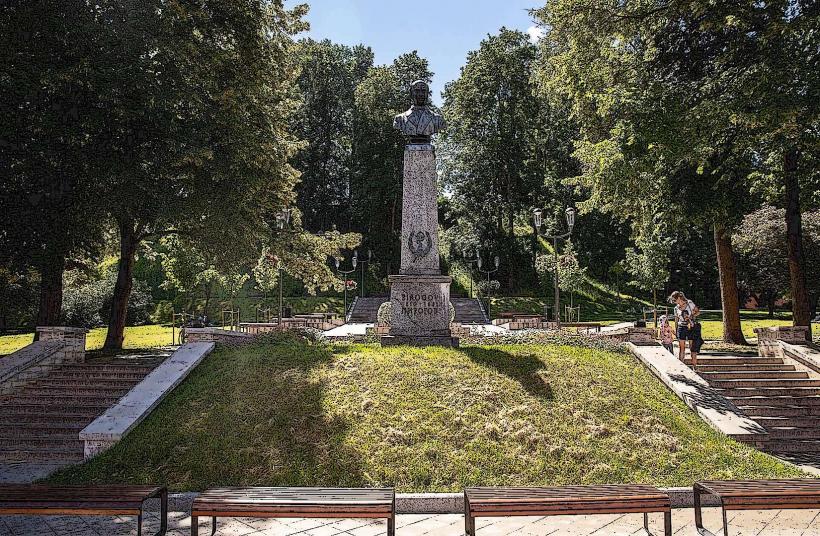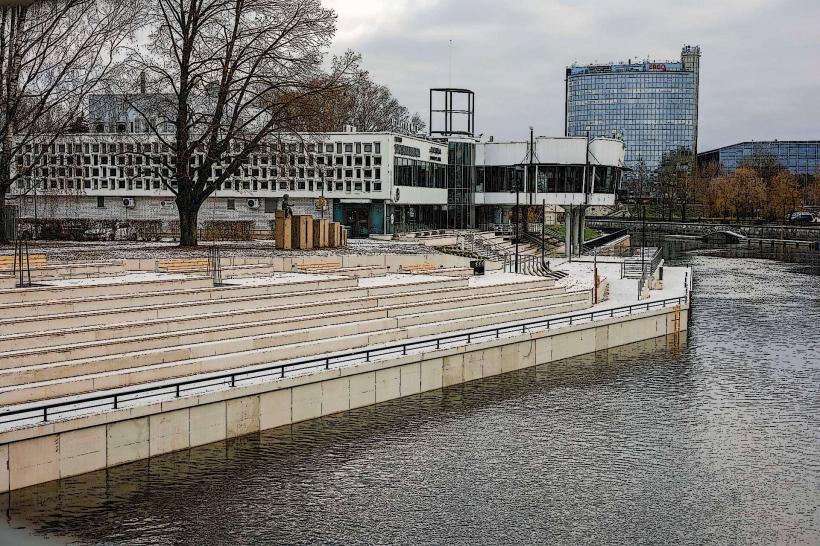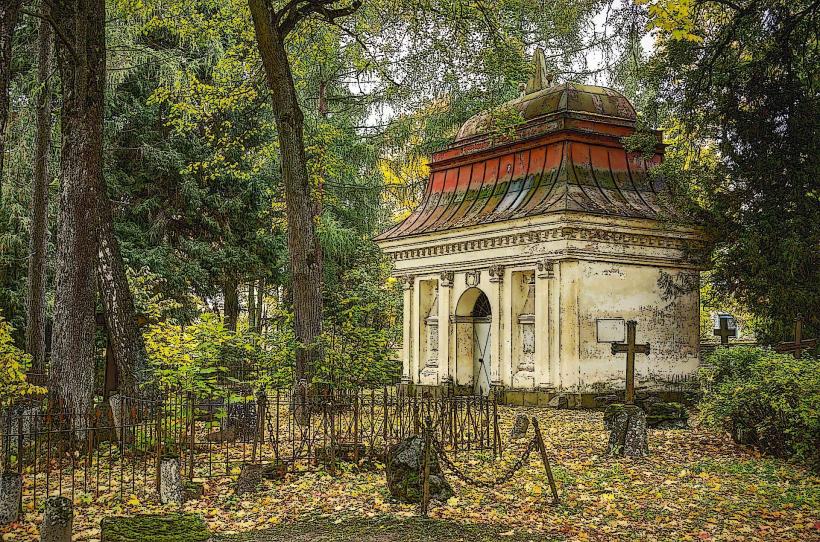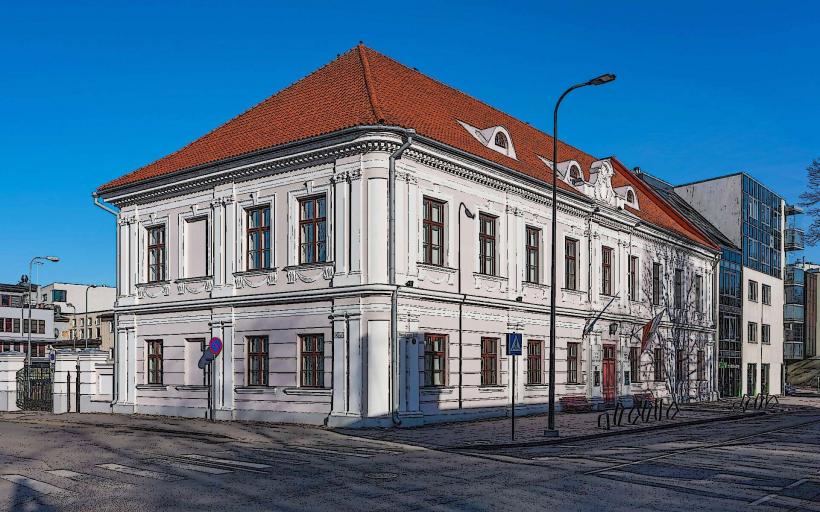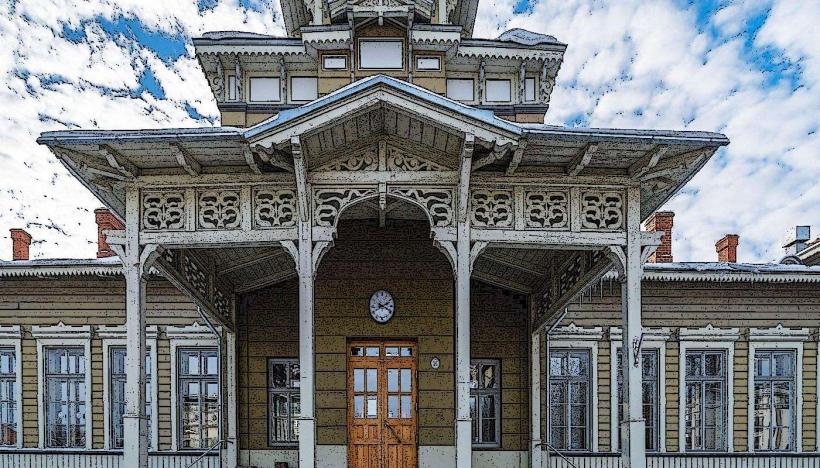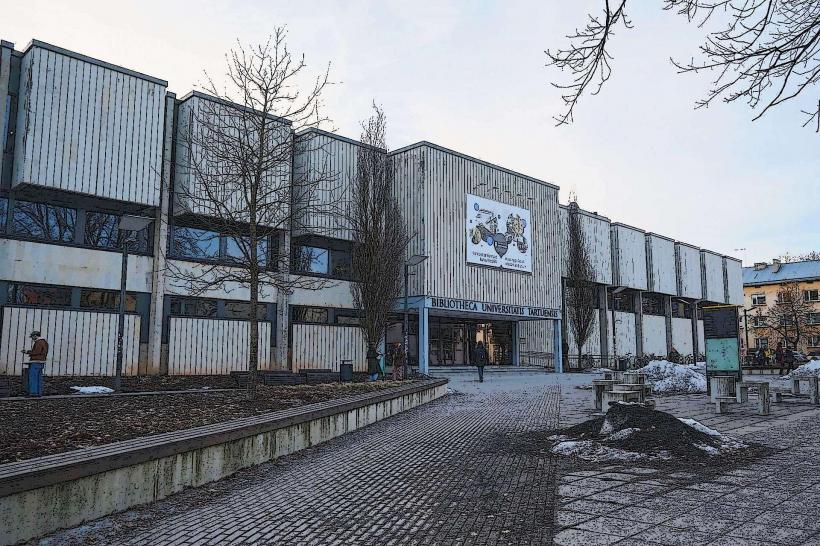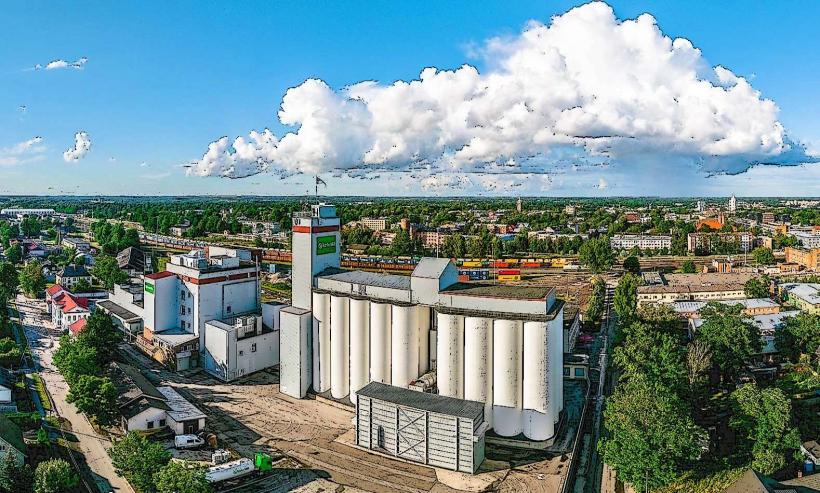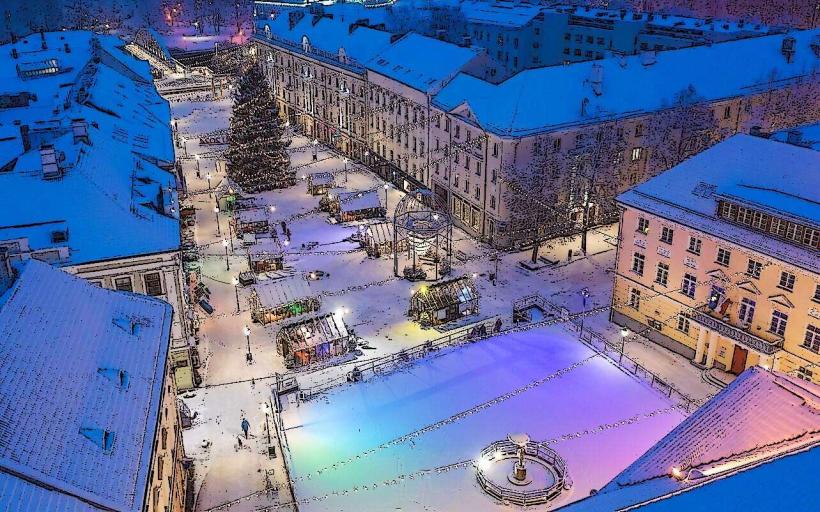Information
Landmark: Emajõgi RiverCity: Tartu
Country: Estonia
Continent: Europe
The Emajõgi River is one of the most significant natural features of Tartu, Estonia, and an essential waterway in the region. Flowing through the heart of the city, it plays a vital role in both the historical development and modern life of Tartu. The river is a central part of the city’s geography, offering scenic views, recreational opportunities, and contributing to the city’s economic and cultural vitality.
Overview
The Emajõgi River is a medium-sized river that flows through southern Estonia. It is approximately 100 kilometers (62 miles) long and connects Lake Võrtsjärv to the Gulf of Finland through the Peipus Lake. In Tartu, the river flows directly through the city, dividing it into two parts and contributing to the city's picturesque landscape.
The river is known for its calm, meandering flow, which makes it a perfect setting for various recreational activities, such as rowing, boating, and walking along the riverside. Its role in the development of Tartu is deeply intertwined with the city’s historical and cultural identity.
Historical Significance
Historically, the Emajõgi River has been of great importance to Tartu. It has served as both a transport route and a key factor in the city's development:
Ancient Settlement and Trade: The Emajõgi River was crucial for early settlements in the area, providing access to trade routes and facilitating transport across the region. The river connected Tartu to other parts of Estonia, making it an important waterway for economic activities and communication.
Medieval Period: During the medieval era, the Emajõgi was used for transporting goods to and from Tartu. The river’s strategic location helped the city become an important center of trade and culture in the Baltic region. In addition, the river provided water for the local population and supported the functioning of mills and other industrial activities.
Swedish and Russian Influence: Under Swedish and later Russian rule, the Emajõgi continued to be an important transport route. The river played a role in the development of infrastructure in the region, particularly as Tartu became a key city within the Russian Empire.
Modern Development: In modern times, the Emajõgi River has remained an essential feature of Tartu's urban landscape. The development of riverfront areas, parks, and bridges has made the river an integral part of the city’s identity.
Geography and Features
The Emajõgi River begins at the outflow of Lake Võrtsjärv and flows northwards towards Peipus Lake, eventually connecting to the Gulf of Finland. In Tartu, it is a key feature of the city’s layout, dividing the urban area into two distinct parts: the Old Town (Toomemägi) and the New Town (Kesklinn).
Several important landmarks line the riverbanks in Tartu, including:
- Tartu University: The university buildings, including the Old Observatory, overlook the river, contributing to the academic and intellectual atmosphere of the city.
- Tartu’s Bridges: There are several bridges that span the Emajõgi, connecting the two sides of the city. The Angry Man Bridge and Emajõgi Bridge are among the most prominent, with the latter being a key feature in Tartu's urban development.
- Emajõgi Promenade: A riverside walking path, where both locals and visitors can enjoy leisurely walks, biking, and views of the river and the surrounding city.
Recreational and Cultural Importance
The Emajõgi River plays a central role in the recreational life of Tartu. The riverfront area is a popular place for both locals and tourists to enjoy a range of activities:
Boating and Canoeing: The calm and wide stretch of the Emajõgi in Tartu is ideal for recreational boating. Kayaking, canoeing, and rowing are popular activities, particularly during the warmer months when the river’s waters are calm.
River Cruises: Tourists can also enjoy river cruises along the Emajõgi, offering scenic views of the city, its historical landmarks, and the surrounding nature.
Festivals and Events: The river is a central stage for many cultural events and festivals in Tartu. The Tartu River Festival, for example, celebrates the river's importance through activities like boat races, cultural performances, and riverfront markets. Additionally, the Tartu Regatta, an international rowing event, attracts competitors from around the world to race along the Emajõgi.
Walking and Cycling Paths: The riverside features paths for walking, cycling, and jogging, making it a favorite spot for exercise and relaxation. The Emajõgi Promenade is especially popular in the summer when people gather along the river to enjoy the natural beauty and vibrant atmosphere.
Environmental and Ecological Role
The Emajõgi River is also important for the local ecosystem. It provides habitat for various species of fish, birds, and other wildlife. Over the years, the river has been subject to ecological monitoring and efforts to improve its water quality and maintain its biodiversity. It is part of a larger network of rivers and lakes in the region, contributing to the health of the broader environmental system.
Modern-Day Role in Tartu
Today, the Emajõgi River remains central to Tartu’s identity and urban life. It is not only a historical and cultural landmark but also an essential component of the city’s urban planning and development. The river enhances the city’s livability, offering green spaces, leisure opportunities, and serving as a hub for local events and festivals.
Tartu's relationship with the river is evident in the ongoing efforts to revitalize the riverfront areas, with new parks, promenades, and public spaces being developed along the water’s edge. The city’s urban development continues to embrace the Emajõgi, making it a focal point for both city residents and visitors alike.
Conclusion
The Emajõgi River is much more than just a body of water; it is an essential feature of Tartu’s landscape, culture, and history. The river has played a key role in the development of the city, and it continues to shape Tartu’s modern identity through its scenic beauty, recreational activities, and cultural significance. Whether used for transport, leisure, or community events, the Emajõgi remains an iconic symbol of Tartu and a vital part of the city’s life.

